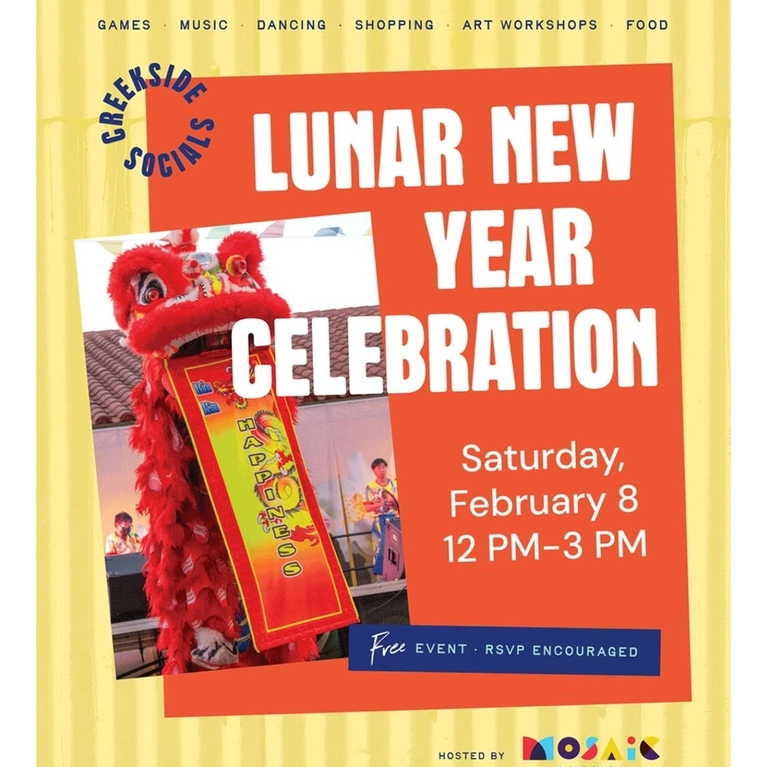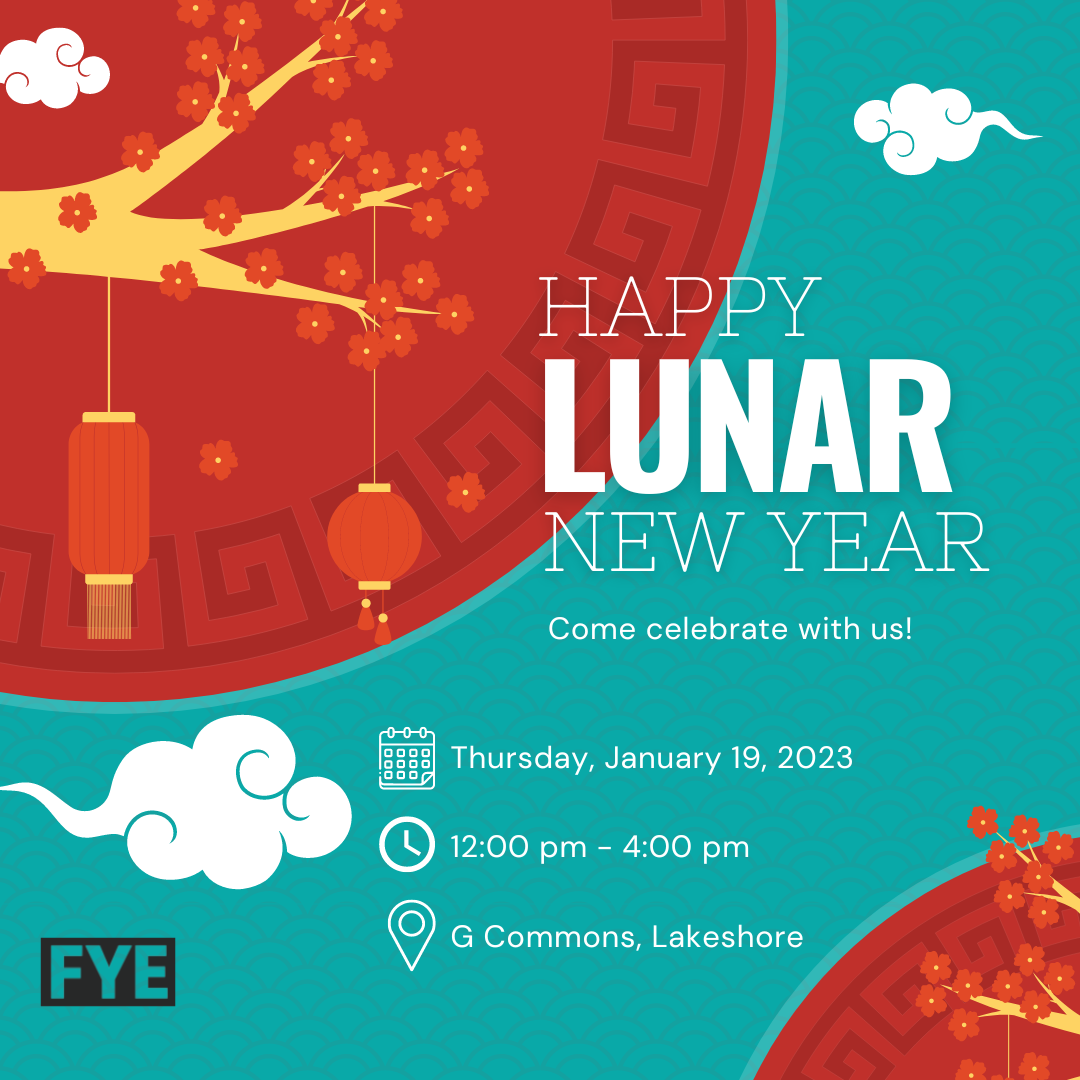1965 Lunar New Year: Celebrating The Year Of The Goat With Tradition And Legacy
Back in 1965, Lunar New Year was more than just a holiday—it was a time when families gathered under one roof to celebrate unity, prosperity, and new beginnings. Imagine this: the air filled with the scent of incense, streets buzzing with vibrant decorations, and tables laden with dishes that told stories of generations past. The Lunar New Year of 1965, falling on February 4th, marked the beginning of the Year of the Goat. This year holds special significance because the Goat, or Sheep in some cultures, symbolizes harmony, creativity, and gentleness. It’s a time when people looked forward to leaving behind the challenges of the previous year and embracing the promise of what lay ahead.
For many, 1965 was a pivotal year. The world was changing rapidly, with social movements gaining momentum and technological advancements reshaping daily life. Yet, amidst all the chaos, Lunar New Year remained a constant—a reminder of the values and traditions that bind communities together. In this article, we’ll dive deep into how 1965 Lunar New Year was celebrated, the cultural significance of the Year of the Goat, and how these traditions have stood the test of time.
So grab a cup of tea, sit back, and let’s explore the rich tapestry of history, culture, and celebration that makes 1965 Lunar New Year so unforgettable. Whether you’re a history buff, a culture enthusiast, or simply curious about the past, you’re in for a treat!
Read also:Alec Bohm Girlfriend Everything You Need To Know About His Love Life
Table of Contents
- How 1965 Lunar New Year Was Celebrated
- The Significance of the Goat in 1965
- Cultural Impact of Lunar New Year in 1965
- Timeless Traditions from 1965
- Traditional Foods That Made 1965 Memorable
- Global Celebration of Lunar New Year in 1965
- How 1965 Influences Modern Celebrations
- Challenges Faced During 1965 Lunar New Year
- The Legacy of 1965 Lunar New Year
- Wrapping Up: Why 1965 Lunar New Year Matters Today
How 1965 Lunar New Year Was Celebrated
Back in the day, Lunar New Year celebrations were all about family, food, and festivity. In 1965, the festivities began weeks before the actual day. Homes were cleaned from top to bottom—a practice known as “spring cleaning”—to sweep away bad luck and make way for good fortune. People would deck their houses with red lanterns, couplets, and paper cutouts, all in vibrant shades of red and gold, which symbolize prosperity and good luck.
On the eve of Lunar New Year, families gathered for a reunion dinner, one of the most important traditions. This feast featured an array of dishes, each carrying its own symbolic meaning. For instance, fish was a must-have because the Chinese word for fish, "yu," sounds like the word for surplus, signifying abundance in the coming year. Dumplings, shaped like ancient Chinese currency, were also popular, representing wealth and good fortune.
Fireworks and Dragon Dances
Fireworks lit up the night sky, believed to ward off evil spirits and bring good luck. In cities like Hong Kong and Singapore, dragon and lion dances were performed in the streets, accompanied by the rhythmic beats of drums and cymbals. These performances were not just entertainment; they were steeped in cultural significance, symbolizing strength, prosperity, and good fortune.
And let’s not forget the red envelopes, or "hongbao," filled with money. These were given to children and unmarried adults as a gesture of good luck and blessings for the new year. It was a time when everyone, young and old, came together to celebrate the start of something new.
The Significance of the Goat in 1965
The Year of the Goat, or Sheep, is the eighth sign in the Chinese zodiac. Those born under this sign are said to possess qualities such as creativity, kindness, and gentleness. In 1965, the Goat was seen as a symbol of peace and harmony, qualities that were much needed in a world that was rapidly changing.
People born in the Year of the Goat are often described as artistic and compassionate. They value relationships and are known for their ability to bring people together. In 1965, these qualities were celebrated, as the world was beginning to embrace a more inclusive and understanding approach to life.
Read also:Tom Selleck Today 2024 The Iconic Journey Of A Hollywood Legend
Myths and Legends Surrounding the Goat
In Chinese mythology, the Goat is often associated with prosperity and good fortune. Legends tell of how goats were considered sacred animals, believed to bring wealth and abundance to those who kept them. This belief was reflected in the celebrations of 1965, where goats were often depicted in art and decorations, symbolizing hope and prosperity for the coming year.
Cultural Impact of Lunar New Year in 1965
1965 was a year of change, and Lunar New Year played a significant role in shaping cultural identities. For many, it was a time to reconnect with their roots and celebrate the diversity of their heritage. In countries like China, Vietnam, and Korea, Lunar New Year was more than just a holiday; it was a way of life.
In 1965, the cultural impact of Lunar New Year was felt far beyond Asia. As Asian communities grew in countries like the United States and Australia, the celebrations became more widespread, introducing new traditions and customs to people around the world. This global influence helped to preserve the rich cultural heritage of Lunar New Year while also adapting it to modern times.
Music and Dance: The Heart of the Celebration
Music and dance were integral parts of Lunar New Year celebrations in 1965. Traditional instruments like the erhu and pipa filled the air with melodies that told stories of ancient times. Dance performances, such as the lion dance, were not only entertaining but also educational, teaching younger generations about their cultural history.
Timeless Traditions from 1965
Some traditions from 1965 Lunar New Year have stood the test of time and are still practiced today. One such tradition is the exchange of gifts. In 1965, gifts were often handmade, symbolizing the effort and care put into the relationship. Today, while the gifts may have changed, the sentiment behind them remains the same.
Another timeless tradition is the wearing of new clothes on the first day of Lunar New Year. This practice symbolizes a fresh start and a clean slate. In 1965, people would dress in their finest attire, often in red and gold, to usher in good luck and prosperity.
The Importance of Ancestral Worship
Ancestral worship was a crucial part of Lunar New Year celebrations in 1965. Families would pay their respects to their ancestors, offering food and incense as a way of showing gratitude and seeking blessings. This tradition continues to be an important part of Lunar New Year celebrations, reminding people of their roots and the importance of family.
Traditional Foods That Made 1965 Memorable
Food is at the heart of any Lunar New Year celebration, and 1965 was no exception. From dumplings to rice cakes, the traditional foods of 1965 were not just delicious but also rich in cultural significance.
- Nian Gao (Rice Cake): Symbolizing prosperity and advancement, nian gao is a staple during Lunar New Year. Its sticky texture represents the bond between family members.
- Tang Yuan (Sweet Rice Balls): These glutinous rice balls are eaten on the 15th day of Lunar New Year, known as the Lantern Festival. They symbolize family togetherness and unity.
- Spring Rolls: Shaped like gold bars, spring rolls are a symbol of wealth and prosperity. They are often served as appetizers during the reunion dinner.
The Art of Cooking Lunar New Year Dishes
Cooking Lunar New Year dishes was an art form in 1965. Recipes were passed down through generations, each family adding their own unique twist. The preparation of these dishes was a communal effort, with everyone pitching in to make the celebration special.
Global Celebration of Lunar New Year in 1965
While Lunar New Year is traditionally celebrated in Asian countries, its influence was felt around the world in 1965. In cities like San Francisco and Sydney, Lunar New Year parades attracted thousands of spectators, showcasing the vibrant culture and traditions of Asian communities.
These global celebrations helped to bridge cultural gaps and promote understanding between different communities. They were a testament to the universal appeal of Lunar New Year and its ability to bring people together, regardless of their background.
The Role of Media in Spreading Awareness
In 1965, media played a crucial role in spreading awareness about Lunar New Year. Newspapers and radio broadcasts covered the celebrations, highlighting the significance of the holiday and its traditions. This exposure helped to increase public interest and appreciation for Lunar New Year, paving the way for its global recognition today.
How 1965 Influences Modern Celebrations
The traditions and practices of 1965 Lunar New Year continue to influence modern celebrations. While technology has changed the way we communicate and celebrate, the core values of family, unity, and prosperity remain unchanged.
Today, people use social media to share their Lunar New Year experiences, connecting with friends and family across the globe. Virtual reunions have become a common practice, allowing people to celebrate together even when they are miles apart. Despite these changes, the essence of Lunar New Year remains the same—a time to celebrate new beginnings and cherish the bonds that tie us together.
Technology and Tradition: A Perfect Blend
Technology has also made it easier to preserve and share Lunar New Year traditions. Apps and websites dedicated to Lunar New Year provide resources and information, helping people to learn more about the holiday and its significance. This blend of technology and tradition ensures that the spirit of Lunar New Year lives on, inspiring future generations to continue the legacy.
Challenges Faced During 1965 Lunar New Year
While 1965 Lunar New Year was a time of celebration, it was not without its challenges. Political unrest and economic instability in some regions made it difficult for people to fully enjoy the festivities. However, the resilience and determination of communities to celebrate their traditions were evident in their efforts to overcome these obstacles.
In some areas, celebrations were scaled down due to financial constraints, but the spirit of Lunar New Year remained strong. People found creative ways to make the most of what they had, ensuring that the holiday was still a time of joy and togetherness.
Overcoming Adversity Through Unity
Unity was the key to overcoming the challenges faced during 1965 Lunar New Year. Communities came together to support one another, sharing resources and spreading hope. This spirit of solidarity was a testament to the enduring power of tradition and the strength of human connection.
The Legacy of 1965 Lunar New Year
The legacy of 1965 Lunar New Year lies in its ability to bring people together and celebrate the values that matter most. It was a time when tradition and modernity coexisted, creating a rich tapestry of culture and history. The lessons learned from 1965 continue to inspire people today, reminding us of the importance of family, unity, and perseverance.
As we look back on 1965 Lunar New Year, we are reminded of the power of tradition to transcend time and space. It is a legacy that continues to thrive, connecting us to our past while guiding us into the future.
Passing the Torch: Keeping the Spirit Alive
Keeping the spirit of 1965 Lunar New Year alive is more important than ever. By passing down traditions and sharing stories, we ensure that the values and lessons of the past are not forgotten. This legacy is a gift to future generations, a reminder of the strength and resilience that lies within us all.
Wrapping Up: Why 1965 Lunar New Year Matters Today
In conclusion, 1965 Lunar New Year was more than


